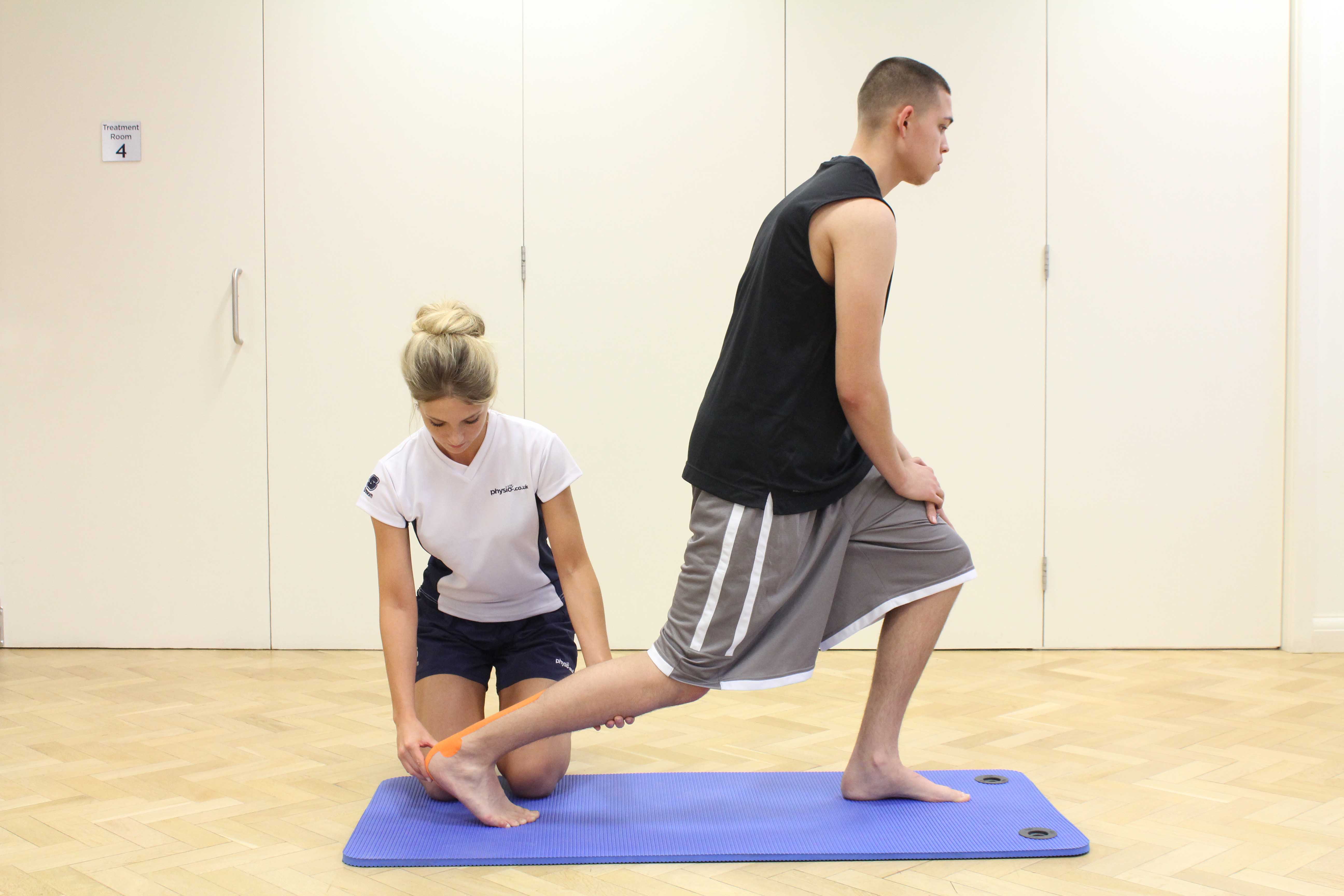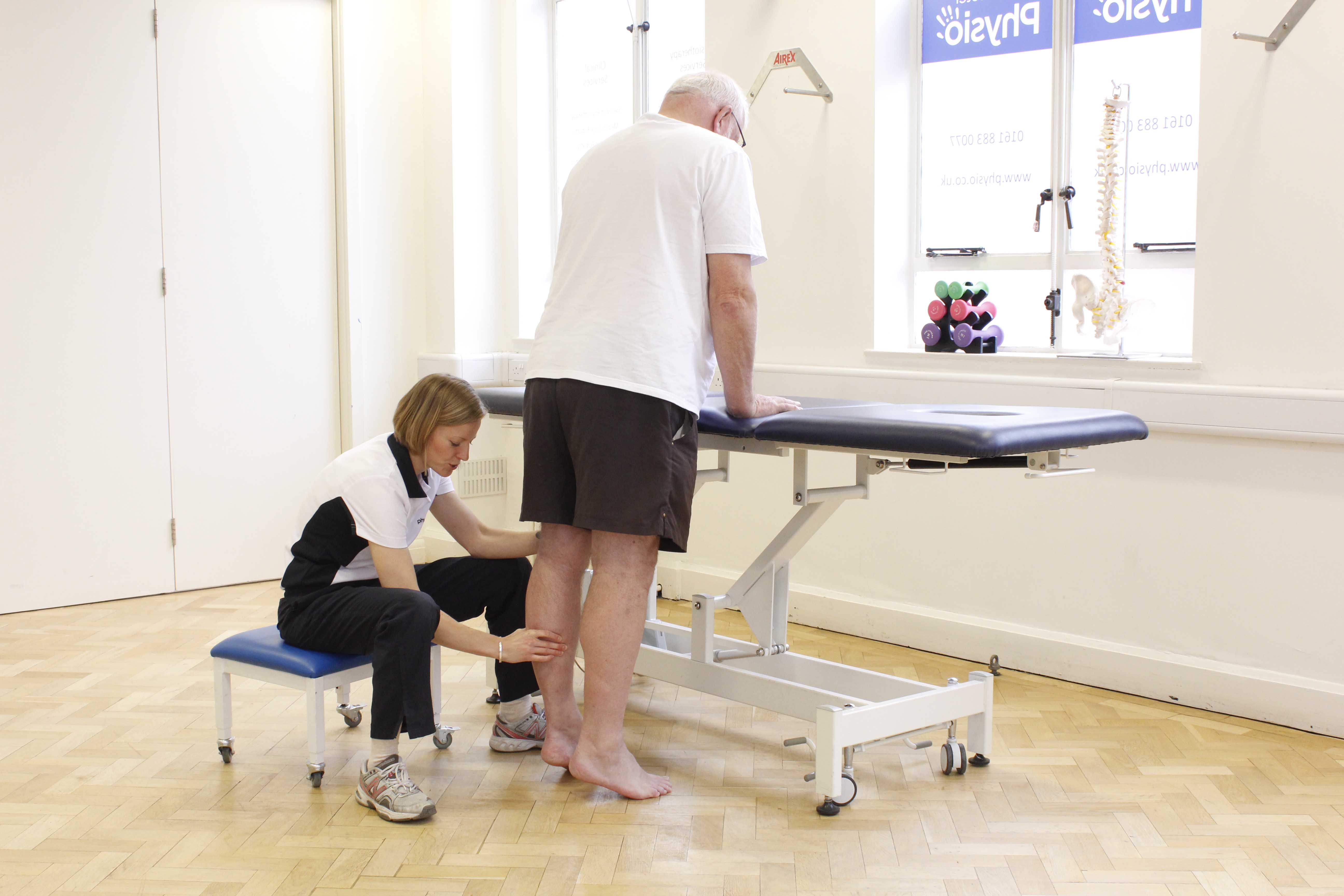What is posterior impingement syndrome?
Posterior impingement syndrome is pain caused by the compression of structures at the back of the ankle joint. Physiotherapy is an excellent treatment for posterior impingement syndrome.
How does posterior impingement syndrome happen?
Posterior impingement syndrome is caused by the compression of the structures between the bottom of the shin bone (tibia) and the bone that makes up the lower half of the ankle joint (talus). When the foot is plantarflexed, (for example, when you go up onto your tiptoes) the structures at the back of the ankle can become compressed between the back of the talus and the back of the tibia. This compression can cause inflammation and swelling within these structures. Once these structures are swollen they can get compressed whenever you put your foot into a toe pointed position. Posterior impingement syndrome can occur in activities or sports that require repeated pointing of the foot such as kicking sports and ballet. Posterior impingement can also occur if you have an enlarged bony prominence called an ‘os trigonum’ on the back of the foot bone or a bony anomaly in your ankle.
 Above: Ankle stability exercises, with supportive tape, supervised by therapist
Above: Ankle stability exercises, with supportive tape, supervised by therapistWhat are the symptoms of posterior impingement syndrome?
With posterior impingement syndrome, pain is felt in the back of the ankle when you point your foot. Other symptoms may include:
What should I do if I have posterior impingement syndrome?
If you suspect that you have posterior impingement syndrome, you should arrange a physiotherapy assessment as soon as possible.
What shouldn’t I do if I have posterior impingement syndrome?
If you suspect that you have posterior impingement syndrome, you should not continue to exercise or perform activities that cause you pain. These may aggravate your condition and prolong your recovery.
 Above: Progressive strengthening exercises for the foot and ankle, supervised by specialist physiotherapist
Above: Progressive strengthening exercises for the foot and ankle, supervised by specialist physiotherapistPhysiotherapy treatment for posterior impingement syndrome.
Physiotherapy is important in the treatment of posterior impingement syndrome. Initially, your physiotherapist can diagnose your problem and establish its severity. In some situations, this may require referral for an X-ray. Following your diagnosis your physiotherapist will determine an appropriate treatment plan. Treatment may involve:
Could there be any long-term effects from posterior impingement syndrome?
If correctly diagnosed and appropriately treated, posterior impingement syndrome does not cause any long-term effects. In some situations, however, treatment may involve surgery to remove the cause of the impingement.
Please call Physio.co.uk on 0330 088 7800 and book an appointment today.

 0330 088 7800
0330 088 7800





































